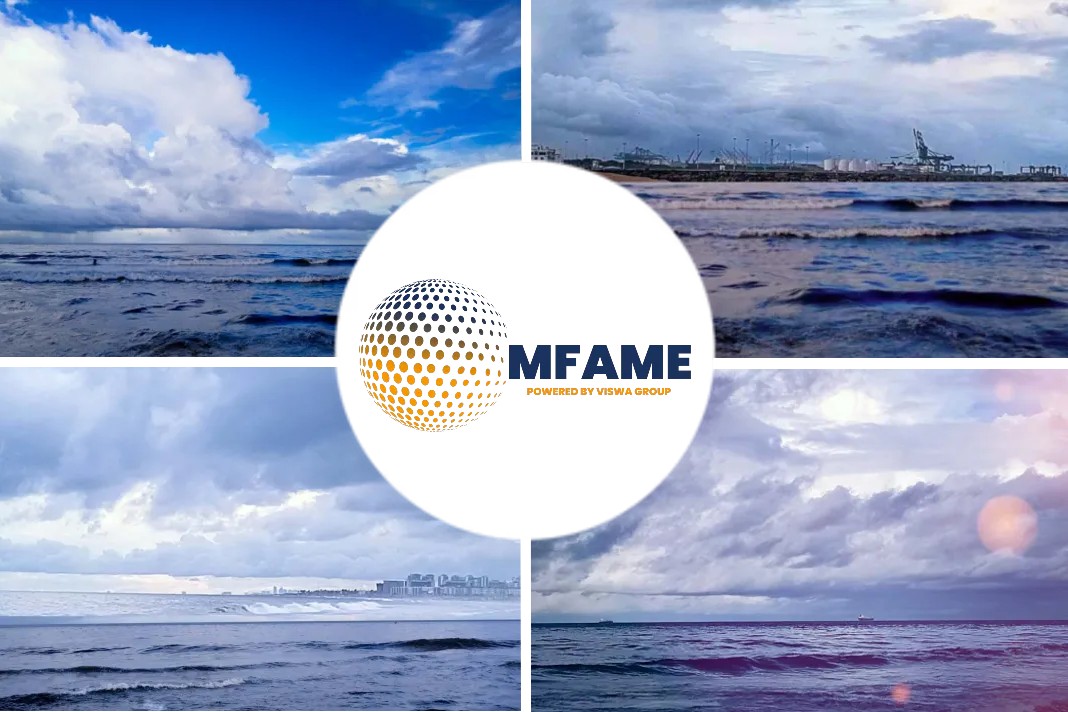A number of shipping, refining, fuel supply and standards organizations have worked together to produce Joint Industry Guidance on the supply and use of 0.50% – sulphur marine fuel released on August 20, 2019, reports the MarineLink.
What is it?
The publication which has been developed by experts from across shipping, refining, supply, and testing of marine fuels, is designed to provide guidance for stakeholders across the marine fuels and shipping industries, from fuel blenders and suppliers to end-users.
Who’s involved in preparing the Guidance?
According to an article published in the Maritime Executive, the organizations involved in preparing the guidance include:
- African Refiners Association,
- Concawe,
- Environmental Science for European Refining,
- Institute of Marine Engineering, Science & Technology (ImarEST),
- International Association of Classification Societies (IACS),
- International Bunker Industry Association (IBIA),
- International Council on Combustion Engines (CIMAC),
- International Group of P&I Clubs,
- IPIECA (The global oil and gas association for advancing environmental and social performance),
- ISO/TC 28/SC 4/WG 6,
- Japan Petroleum Energy Center (JPEC),
- Oil Companies International Marine Forum (OCIMF)
- the Royal Institution of Naval Architects (RINA).
Unaddressed Issues
The publication which will be supported by an e-learning course to be released in October 2019, does not address issues related to compliance with Flag State, Port State or IMO rules or guidelines, or alternative means of compliance (e.g. scrubbers), and does not include a discussion of alternative fuels such as LNG, hydrogen or methanol.
The guidance is available from the participating organizations, for example here.
Concerning Areas
- It presents the specific safety and operational issues relating to the supply and use of max. 0.50%-sulphur fuels, an overview of fuel quality principles, and the controls that should be put in place to ensure that safety issues are identified, prevented and/or mitigated.
- It addresses issues such as fuel compatibility, fuel stability, and fuel handling and storage, and contains a comprehensive review of existing operational factors that can affect safety.
- It does not address issues related to compliance with Flag State, Port State or IMO rules or guidelines, or alternative means of compliance (e.g. Exhaust Gas Cleaning Systems), and does not include a discussion of alternative fuels such as liquefied natural gas, hydrogen or methanol.
Key messages:
- Ensure fuel quality by ensuring that blend components are suitable for bunker fuel production, with particular attention being given to ensure that the final product is stable.
- Fuel suppliers and purchasers should provide adequate information to the ship concerning the fuel as supplied to enable ship crew to identify and manage potential safety and operational issues associated with certain fuel properties and characteristics.
- Fuel characteristics are expected to vary considerably between bunkers. The ship’s crew will need to adopt a more proactive approach to fuel management. They will need to know the fuel characteristics as loaded and be able to respond to the requirements, especially in terms of onboard temperature requirements and any commingling.
- While compatibility between fuels from different supply sources can be a concern in today’s environment, assessing the compatibility of 0.50%-sulphur fuels from different sources will be key. To the extent possible, fuel should be loaded into an empty tank. The available space for new bunkers to be loaded should be taken as the capacity of the empty tanks in order to avoid commingling on loading.
- Ship operators and fuel suppliers should review operational practices to allow sufficient time to test for compatibility between existing and proposed bunker fuel delivery, especially if no “empty” dedicated storage tank is available on the ship. The publication is free and available to download from the websites of the participating organizations. The publication will be supported by an e-learning course to be released in October 2019.
The aims of the e-Learning course
- To provide an understanding of MARPOL Annex VI and its potential impact on the management of fuels onboard ships.
- To raise awareness of and offer solutions to potential fuel management issues.
Did you subscribe to our daily newsletter?
It’s Free! Click here to Subscribe!
Source: MarineLink , Maritime Executive
















